A handpicked roundup of 15 little-known true crime facts featured in True Crime Factbook.

1.
Thanks to a legal loophole, you could technically get away with murder within a fifty-square-mile section of Yellowstone National Park.
Under the Sixth Amendment, the accused has the right to a jury composed of people from the state where the murder was committed and from the federal district where it was committed.
However, as the small sliver of the park, known as the Zone of Death, is uninhabited, it would be impossible to form a jury.
According to Brian Kalt, a law professor at Michigan State University, who brought the loophole into the spotlight in 2005, “the loophole looms, waiting for a murderer to exploit it. I feel like I’ve done what I can to prevent this; the blood will be on the government’s hands.”
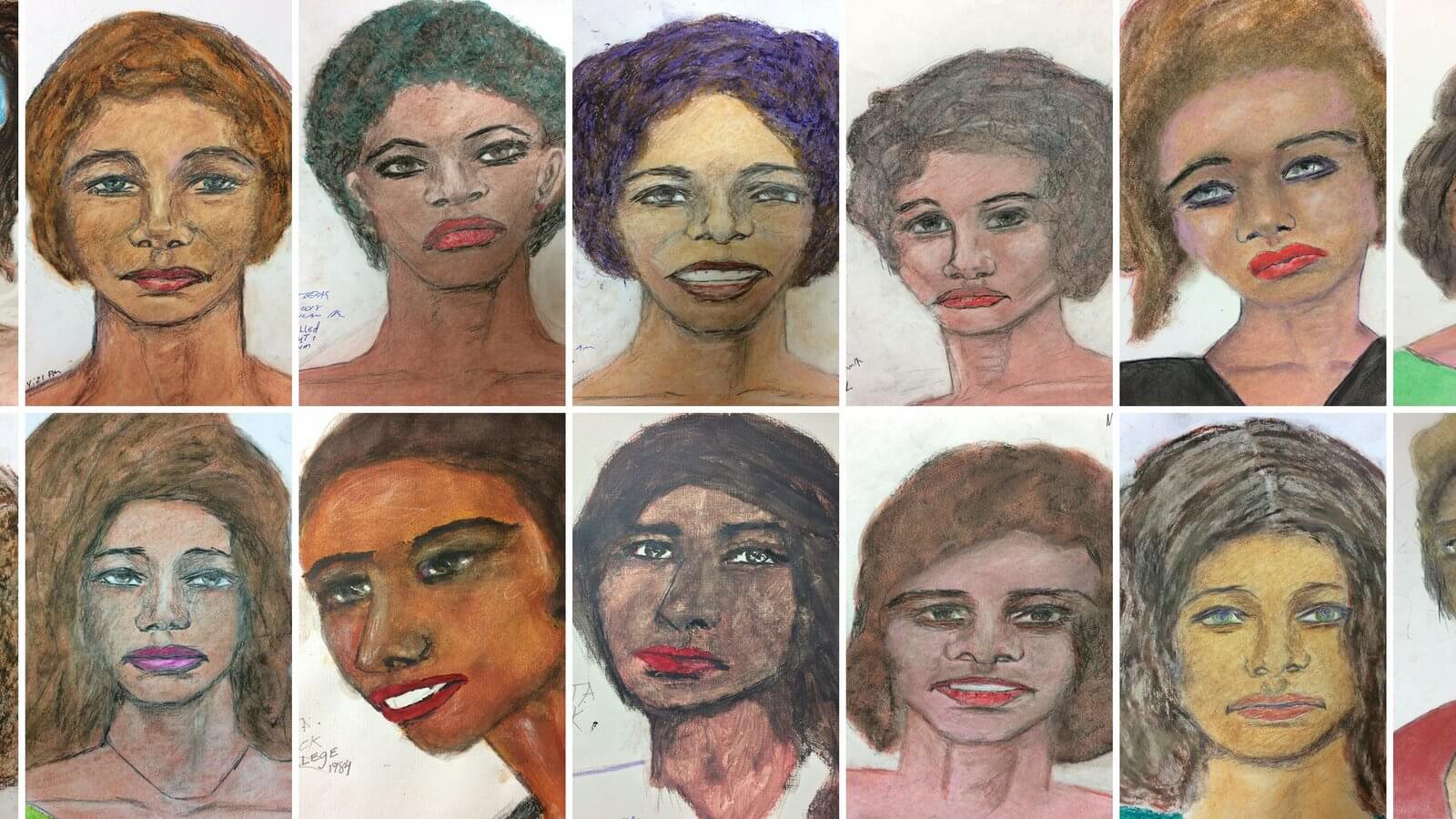
2.
Upon Samuel Little’s arrest in 2012, police learned the killer had a near-photographic memory.
During confessions, the most prolific serial killer in U.S. history described his crimes in painstaking detail, sometimes smiling or laughing at the memory.
A Texas ranger who interviewed Little noticed that the killer liked to draw and gave him art supplies. Little went on to produce over thirty color portraits of women he strangled and handed them over to the FBI, who released the sketches to the public in hopes someone would recognize the women and provide a crucial clue to identify them.
The strategy was successful as two women who appeared in the sketches were identified.
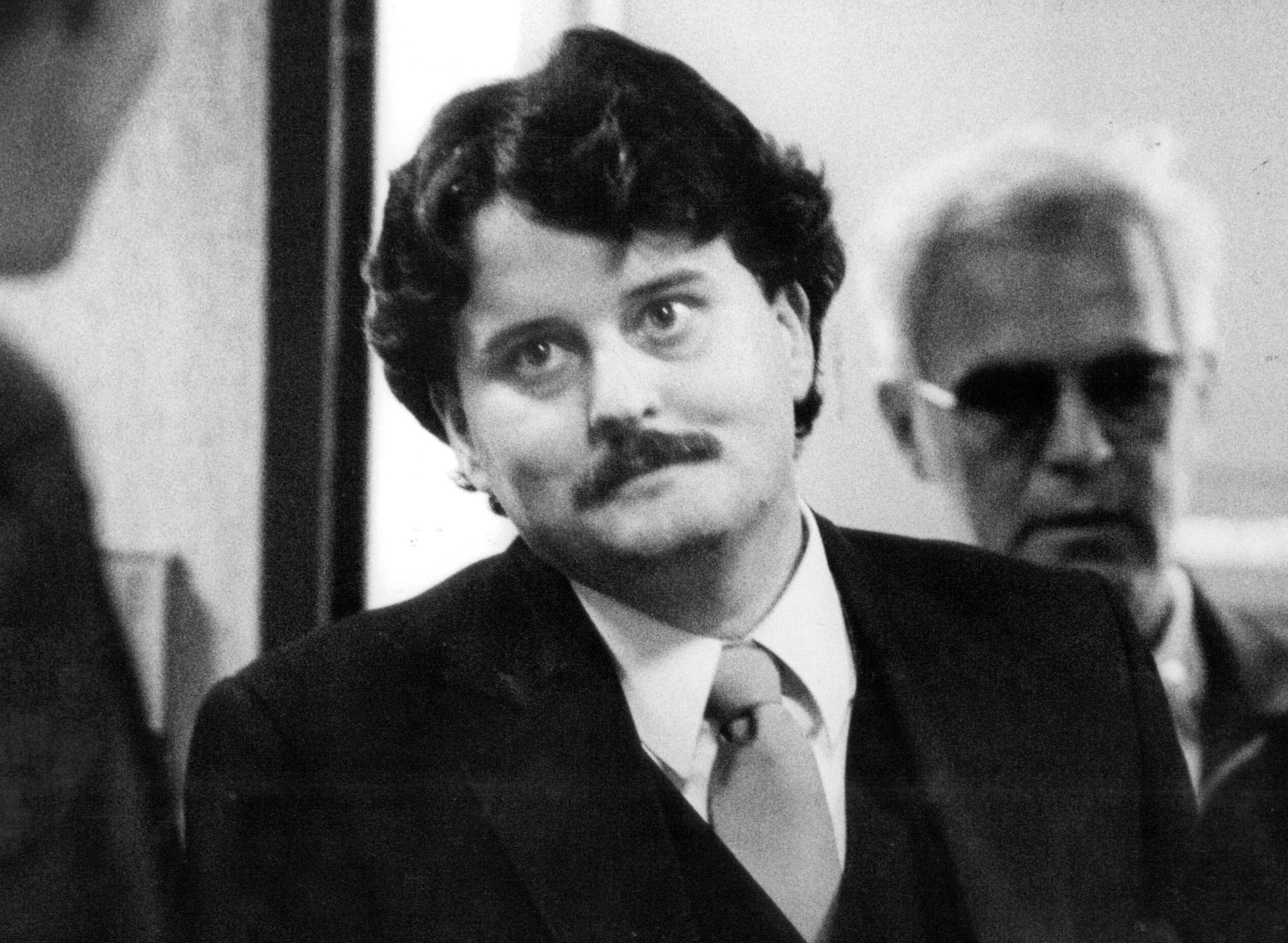
3.
While serving in the U.S. Army, Bobby Joe Long got into a motorcycle accident and suffered his seventh head injury.
During his time at the hospital, Long discovered a new obsession with sex, which drove him to relieve himself at least five times a day.
Long continued the practice at home despite twice-daily intercourse with his wife, claiming the accident made him hypersexual.
At one point following his release from the hospital, Long could no longer achieve enough satisfaction and began his career as the “Classified Ad Rapist,” sexually assaulting at least fifty women and murdering ten.
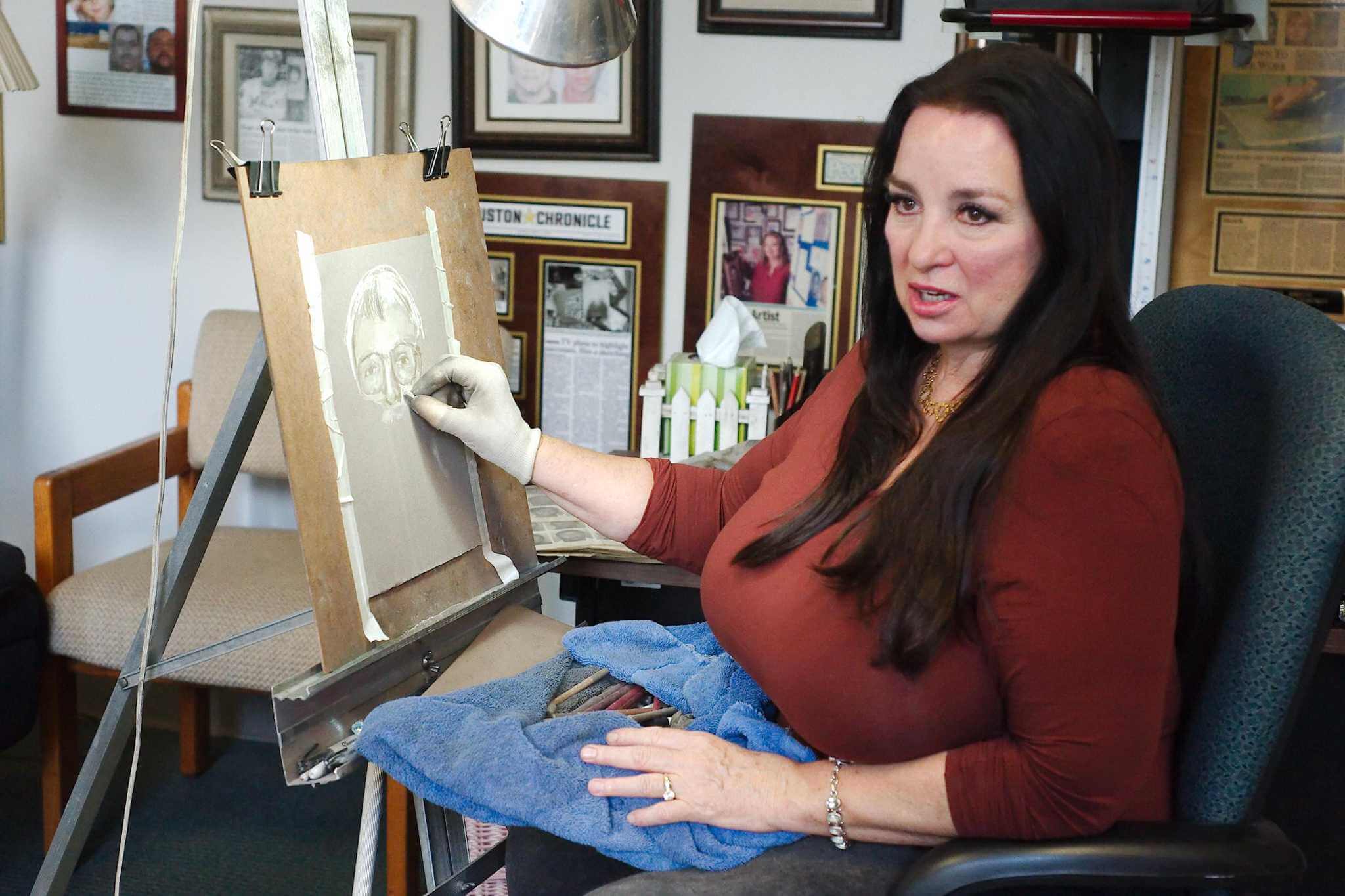
4.
Lois Gibson, who holds the Guinness World Record for being the most successful forensic artist of all time, has helped Houston Police Department solve over 1,000 crimes.
Gibson’s motivation to seek justice came from personal experience, when, at the age of twenty-one, she was assaulted and nearly killed.
“I got attacked by a guy who almost choked me to death for twenty-five minutes straight,” said Gibson.
Later, by accident, she witnessed police arresting her rapist.
“I saw the arrest,” she said. “I know what it is to see justice … It changes your life.”
During her career, Gibson worked in a number of high-profile cases and authored a textbook, Forensic Art Essentials.
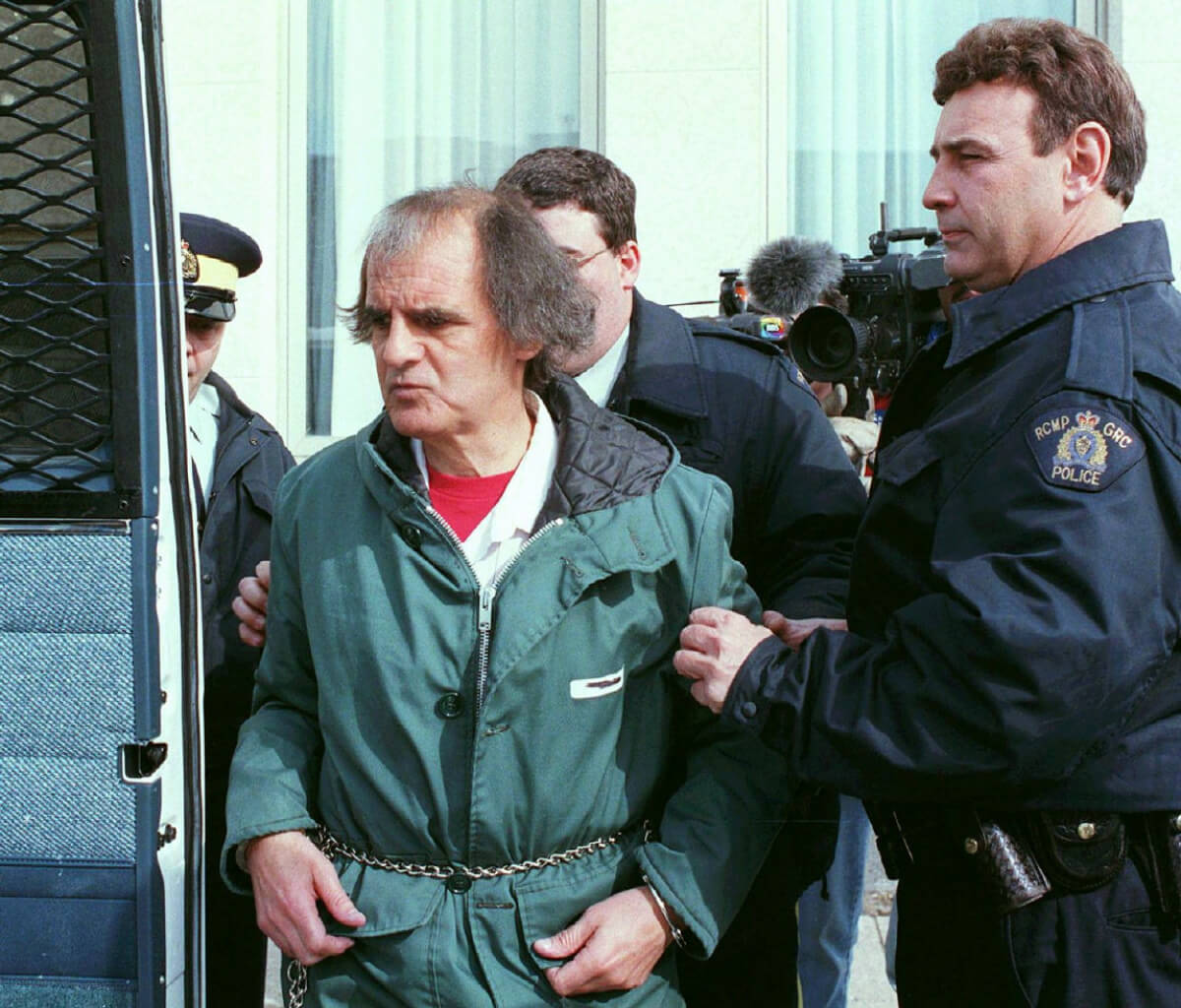
5.
In 1981, Clifford Olson reached a controversial deal with the authorities, agreeing to confess to eleven murders and show the location of the bodies in return for $10,000 being paid into his wife’s trust for each victim.
Olson’s wife received $100,000 in total, with the eleventh body being a “freebie.”
During his time in prison, Olson continued toying with police and journalists, promising them details on unsolved crimes in return for privileges and media coverage.
The killer also submitted poems and stories to literary contests and used his manipulative narcissistic personality and his quasi-knowledge of the law to taunt lawyers and the families of his victims.
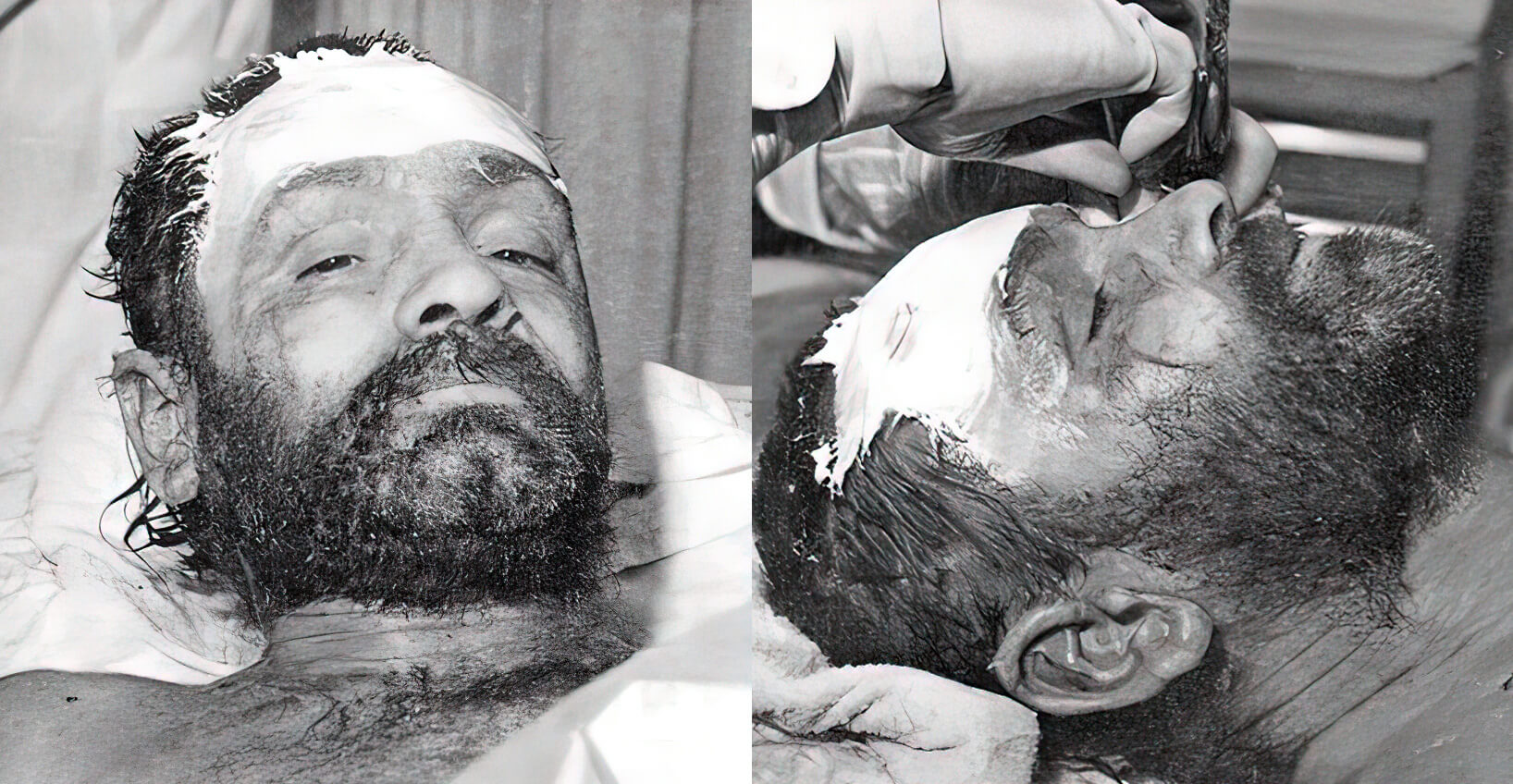
6.
In 1984, Charles Manson was drenched in paint thinner and set on fire by a fellow inmate, Jan Holmstrom, who claimed Manson threatened him for participating in the Hare Krishna religious sect.
Manson suffered burns over 18 percent of his body, concentrated on his face, scalp, and hands.
“He was screaming, ‘My face is burned!’” said the prison guard who responded to the incident.
“Manson was lucky because it turned out that his beard prevented much more serious injury.”
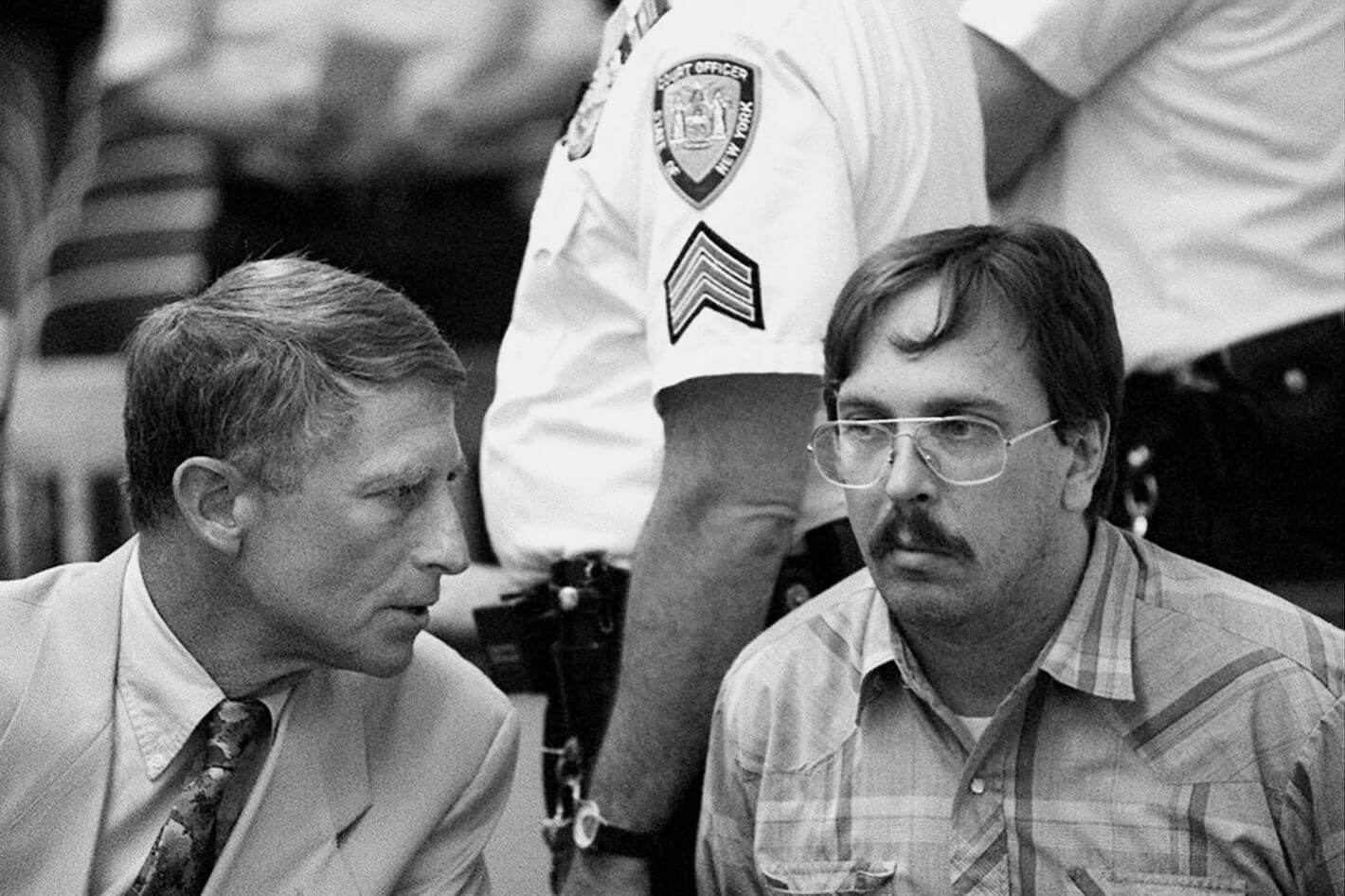
7.
In 1999, Joel Rifkin unveiled his plans for “Oholah House,” a proposed shelter for prostitutes that would include drug treatment, counseling, medical care, and job training.
“It’s a way of paying back a debt, I guess. Sitting here until I die or get murdered is not paying a debt,” Rifkin said.
In his ten-page proposal, Rifkin included an idea for the “Motivation Room,” where women could be “scared straight” with photographs of the violent ends prostitutes often meet. “There could also be field trips to morgues,” he said.
“These girls think, ‘I can’t be touched,’” Rifkin added. “Well, seventeen girls thought that. And now they’re dead.”
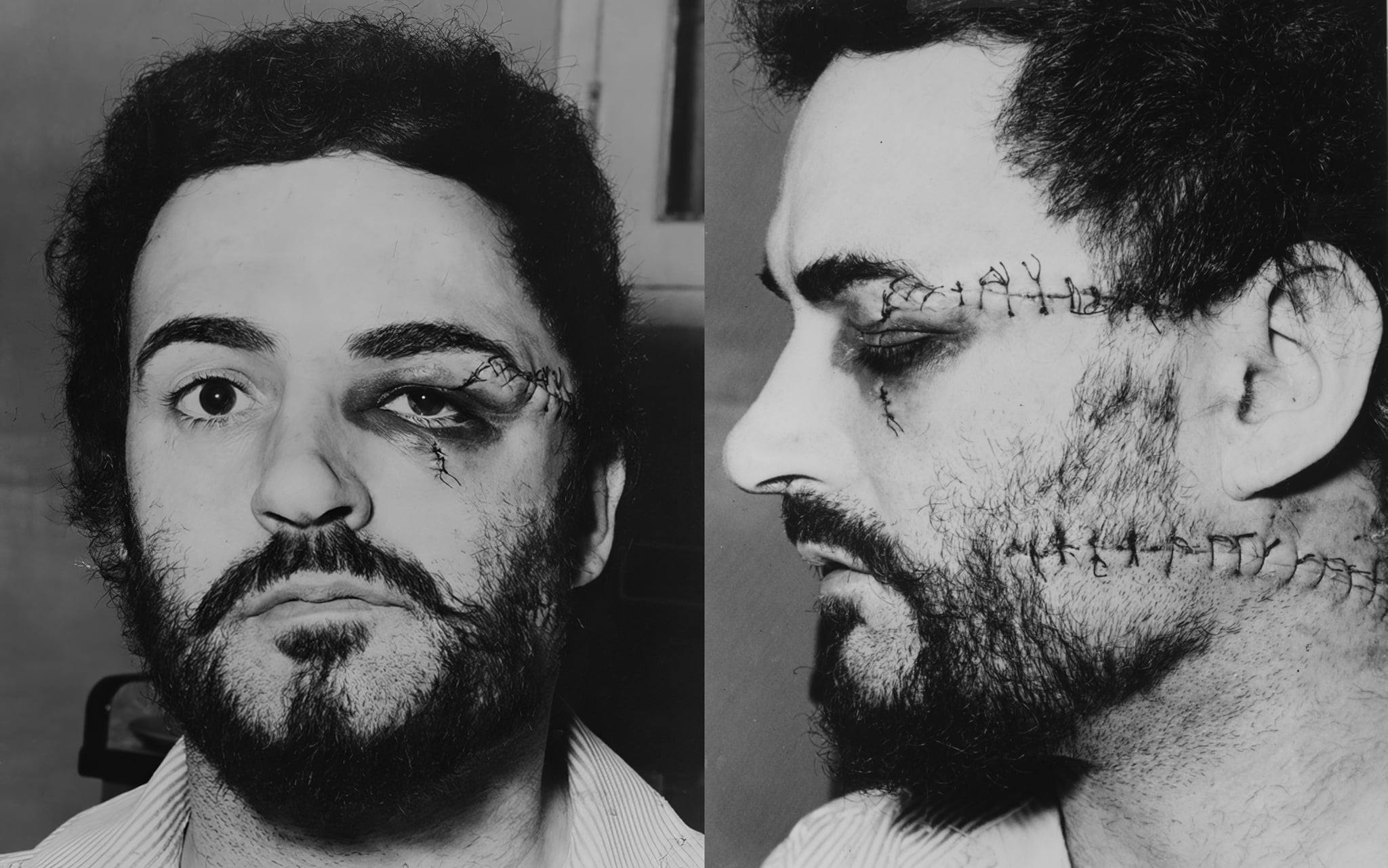
8.
During his incarceration, Peter Sutcliffe proved himself to be very disliked among his fellow inmates and patients, leading him to be seriously injured four times.
In 1983, career criminal James Costello slashed the left side of Ripper’s face with a broken coffee jar, resulting in injuries that required thirty stitches.
Sixteen years later, convicted robber Paul Wilson attempted to strangle Sutcliffe with headphones, however, the luck was on Ripper’s side — two other patients intervened and saved Sutcliffe’s life.
A year later, fellow patient Ian McKay stabbed Sutcliffe in both eyes with a pen, leaving the Ripper blind in one eye and severely damaged the other. Ten years later, Sutcliffe was attacked again when Patrick Sureda unsuccessfully tried to completely blind the Ripper with a knife.
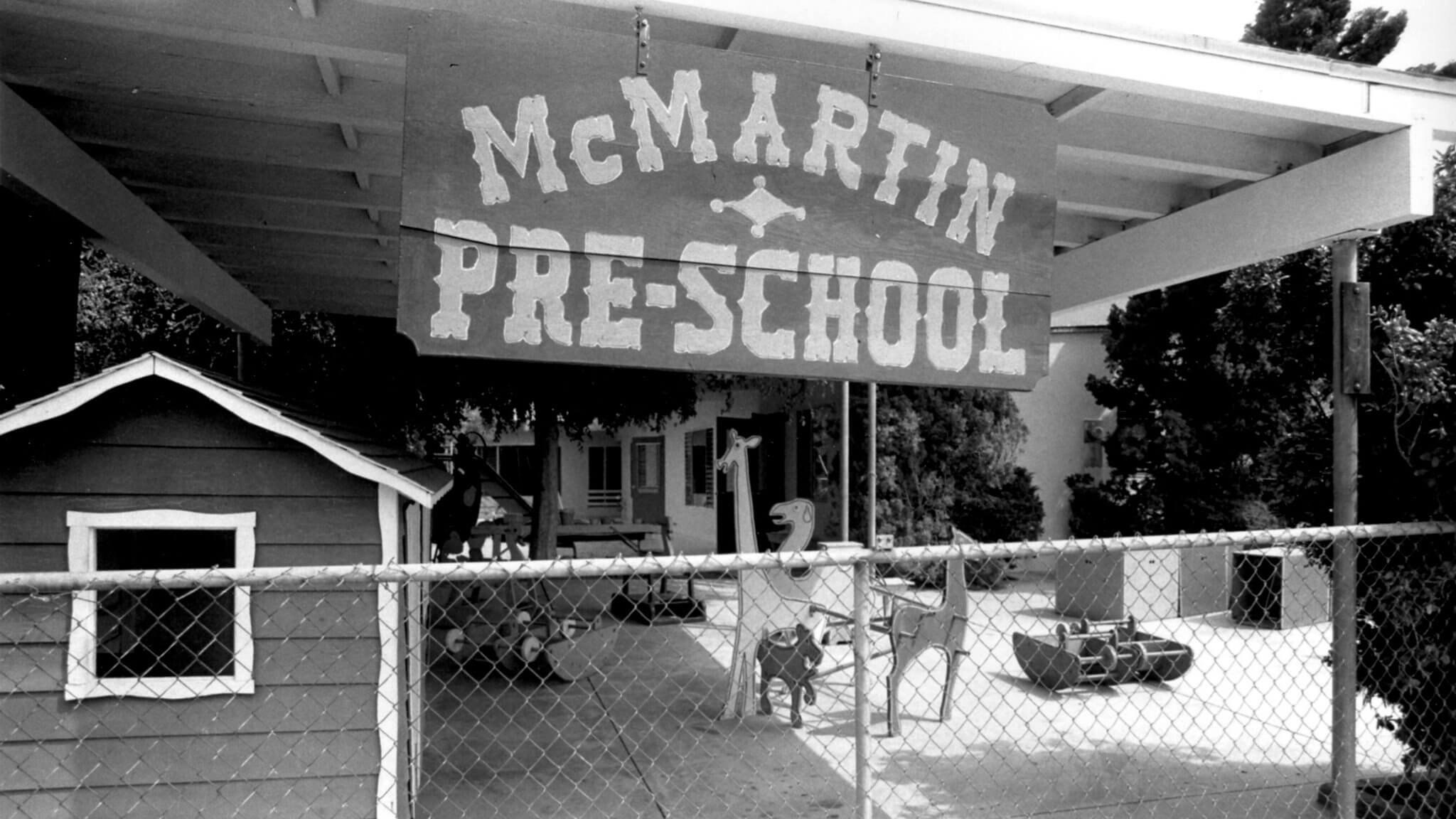
9.
To this day, the McMartin preschool trial remains the most expensive trial of all time.
After the mother of one of the students made allegations of sexual abuse against a teacher at the preschool, police sent a letter to 200 students’ parents detailing the allegations, asking them to question their children.
This resulted in 360 children claiming they had been abused. A series of interviews conducted by inexperienced investigators were highly suggestive and invited children to pretend or speculate about supposed events.
The case dragged on for seven years, involved testimony from hundreds of witnesses, charged seven defendants on hundreds of counts, received massive media attention, and cost $15 million. Yet, in the end, there wasn’t a single conviction.
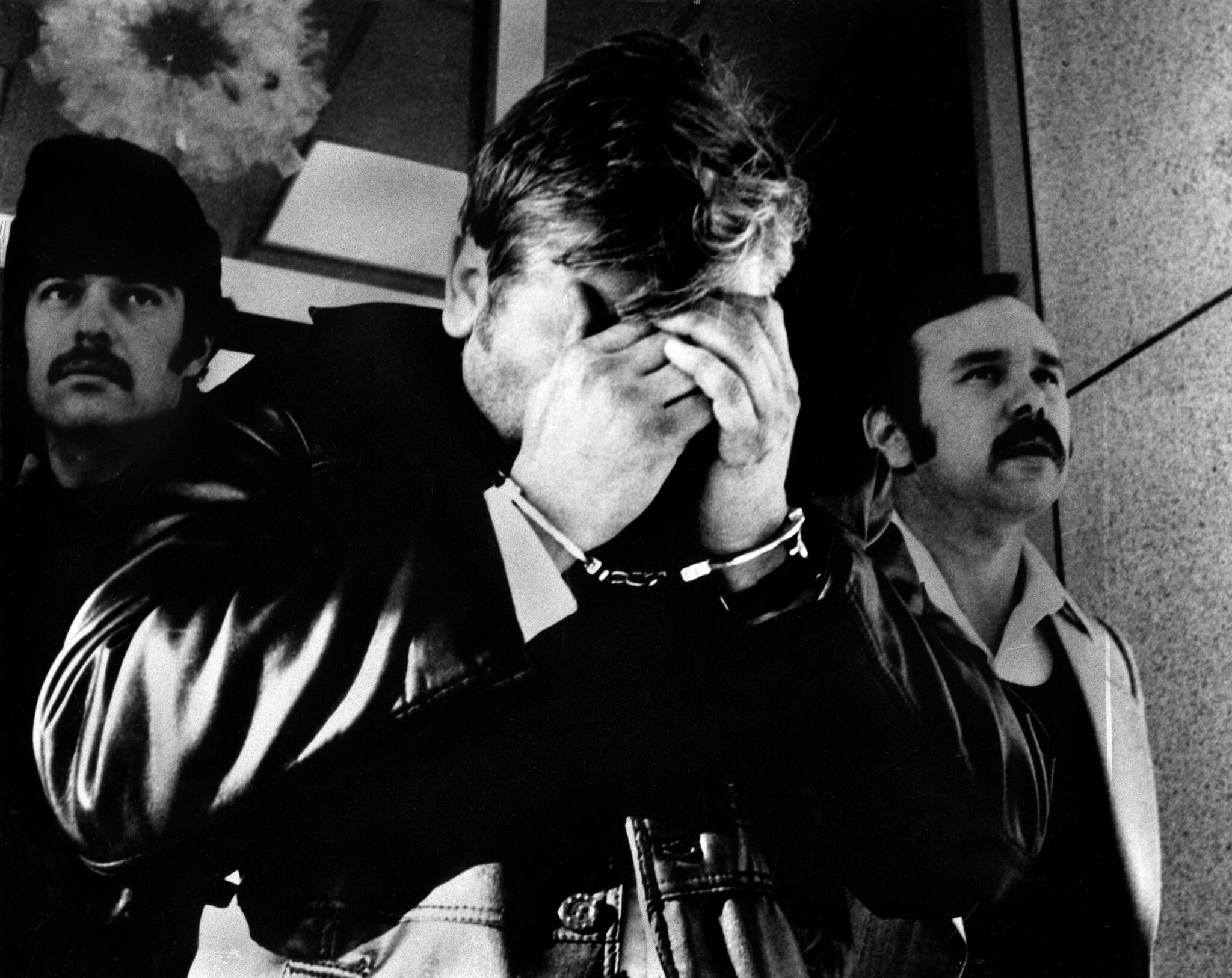
10.
In an interview several years after his arrest, John Wayne Gacy said that the murder of Timothy McCoy felt like some strange and violent form of sex.
“The splat of the knife, the screams of pain and fear, the awful “guzzling” of open chest wounds. It was like that Goodbar movie, where he stabs the girl in the end,” Gacy said.
When McCoy went still, Gacy experienced a mind-numbing orgasm.
“I felt exhausted, just totally drained,” the Killer Clown said.
“That’s when I realized that death was the ultimate thrill,” he added.
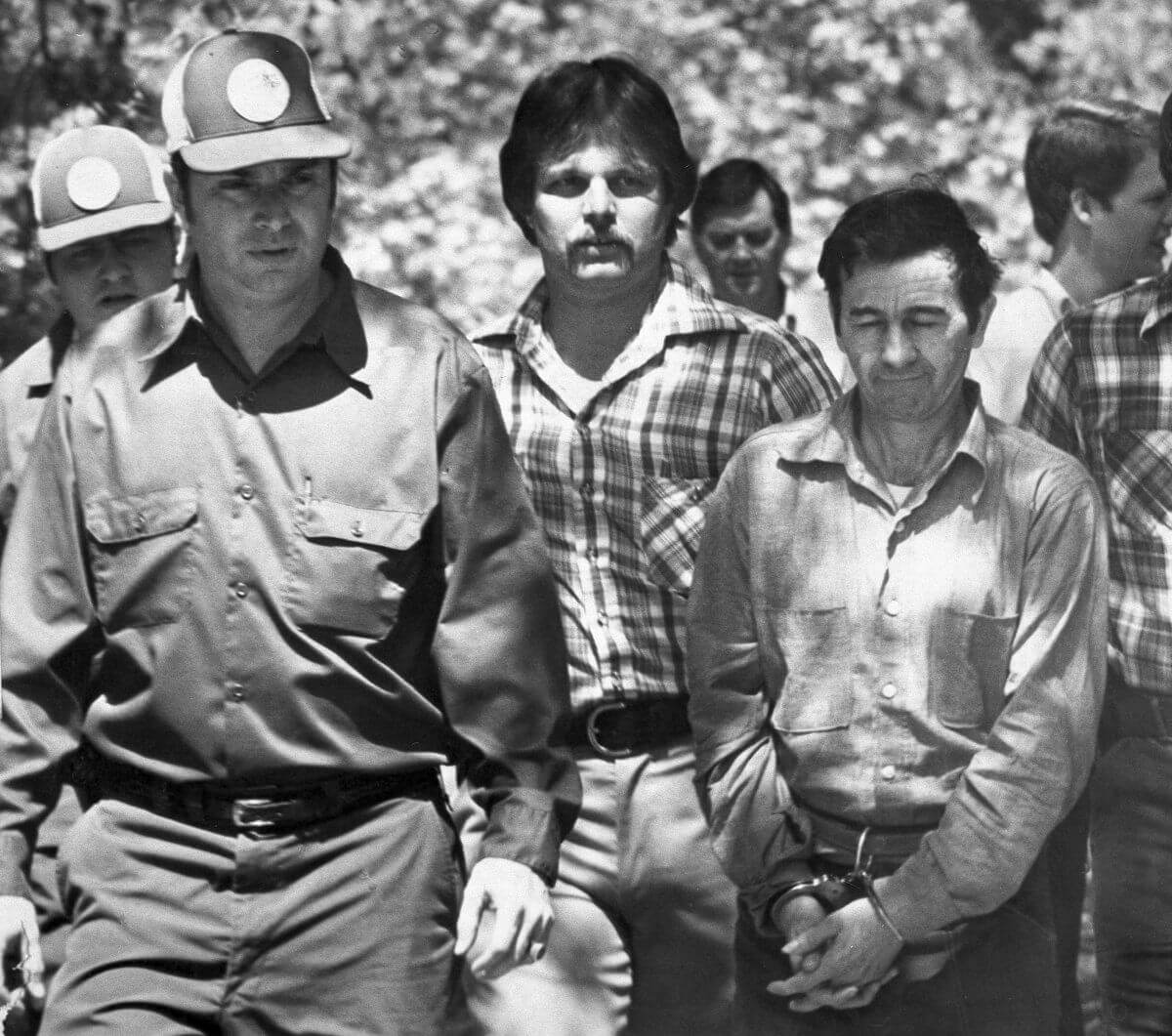
11.
In 1982, while incarcerated in a high-security block, Donald Gaskins managed to kill a death row inmate, Rudolph Tyner.
Gaskins initially made several unsuccessful attempts to kill Tyner by lacing his food and drink with poison but later opted to use explosives. Gaskins rigged a device similar to portable radio with a C-4 plastic explosive and placed it in Tyner’s cell, under the pretext that this would allow them to “communicate between cells.”
He then instructed Tyner to hold a speaker to his ear at an agreed time and eventually detonated the explosives, instantly killing the condemned inmate.
Gaskins later said, “The last thing he heard was me laughing.”
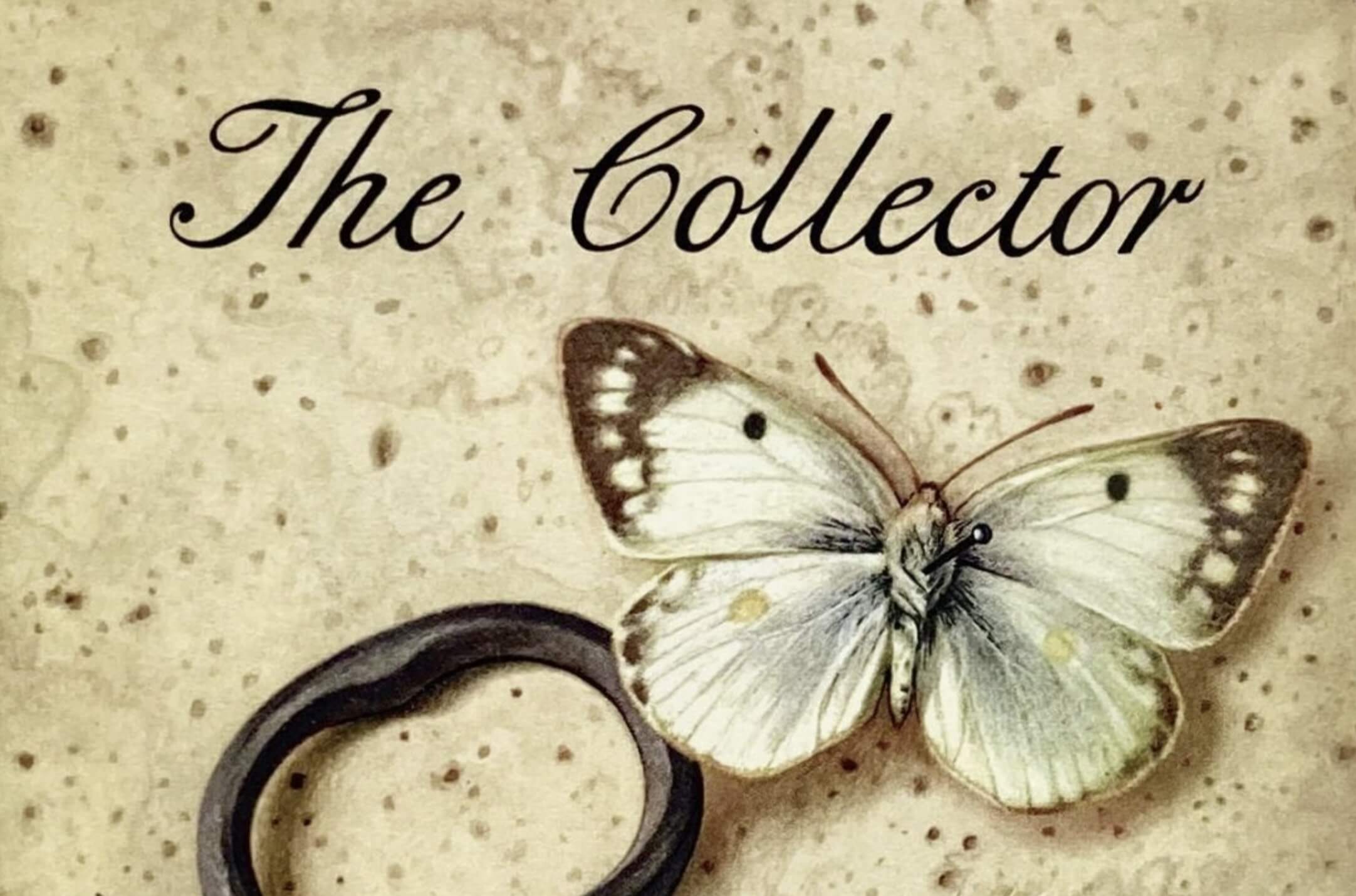
12.
During his confessions, “The Kansas City Butcher” Bob Berdella claimed that the movie adaptation of John Fowles’ 1963 novel The Collector had a huge impact on him as a teenager and served as inspiration for his crimes.
Eerily enough, Berdella was not the only killer who took the novel as a source of inspiration.
The infamous murderous duo, Charles Ng and Leonard Lake, named their murder and torture plot “Operation Miranda” after the character in Fowles’ book. Lake was obsessed with the novel and had a copy of The Collector inside his bunker.
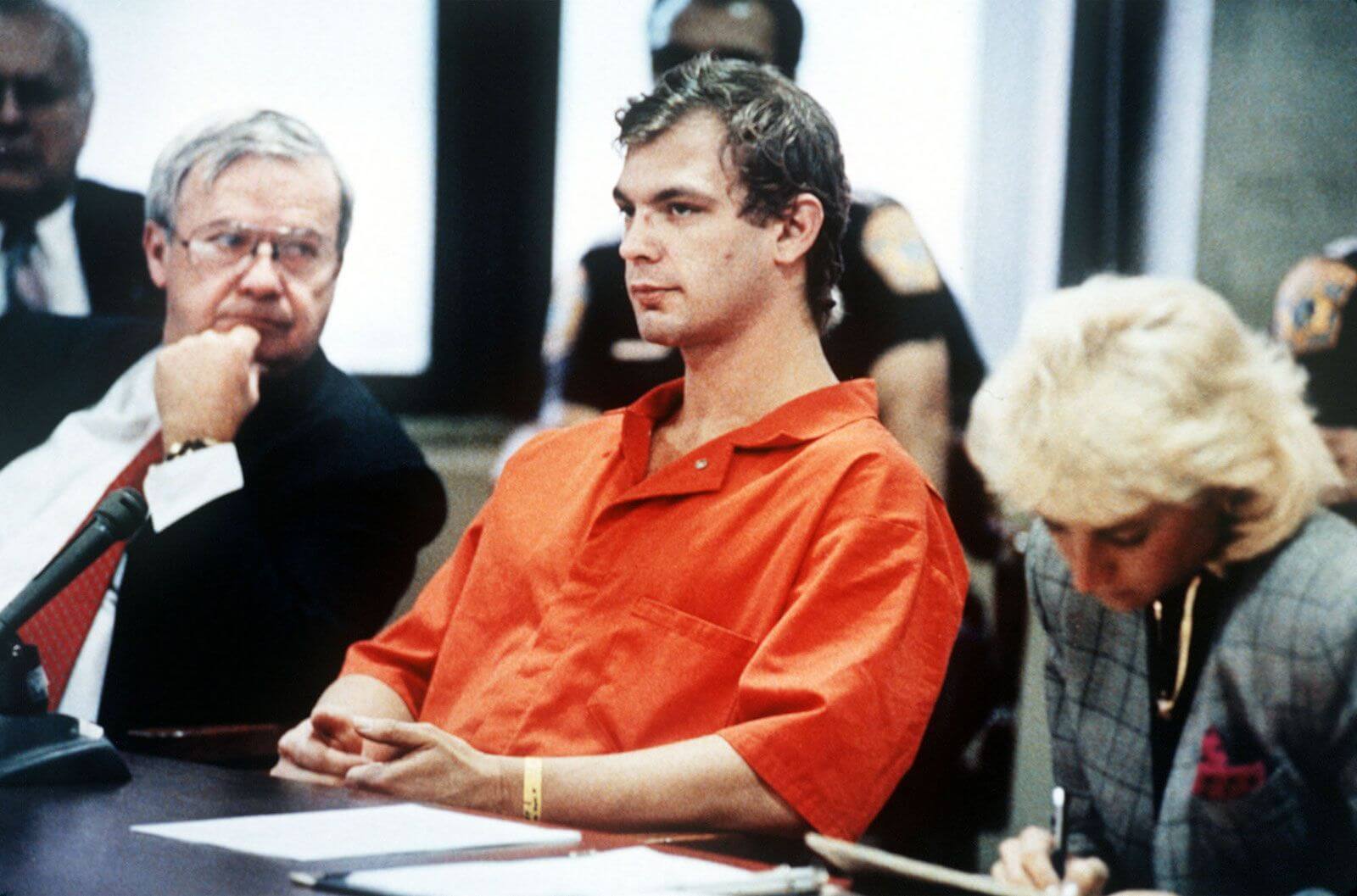
13.
After being bludgeoned to death, Jeffrey Dahmer was left partially shackled until a forensic pathologist began an autopsy.
“Such was the fear of this man that chains were on the feet, even post-mortem,” said Dr. Robert Huntington, a forensic pathologist at the University of Wisconsin who performed the autopsy.
Although prison officials said Dahmer died within minutes after the attack, he wasn’t pronounced dead until he was taken to a hospital.
Upon learning of her son’s death, Dahmer’s mother Joyce responded angrily to the media: “Now is everybody happy? Now that he’s bludgeoned to death, is that good enough for everyone?”
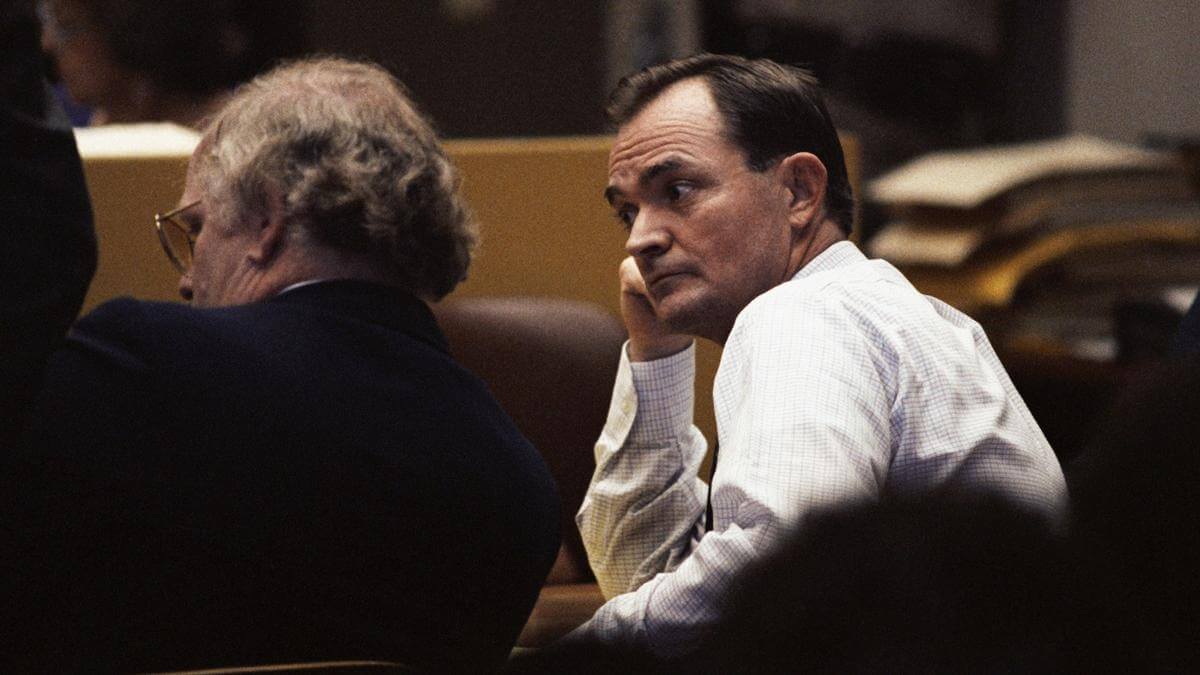
14.
After Randy Kraft was arrested, police discovered his “score card,” a coded list of sixty-one people Kraft claimed to have murdered.
Although the investigators were able to connect at least forty-three entries to Kraft’s victims, the killer never admitted his guilt and claimed the list merely referred to sexual encounters he had.
However, in one of his interviews, Kraft changed his story and said that the “score-card” was actually a list of people he was going to invite to a surprise housewarming party he planned to throw for his boyfriend, Jeff Seelig.
“One column was the names of people I wanted to invite and the other column were maybes. It was in code so he wouldn’t recognize it,” Kraft explained.
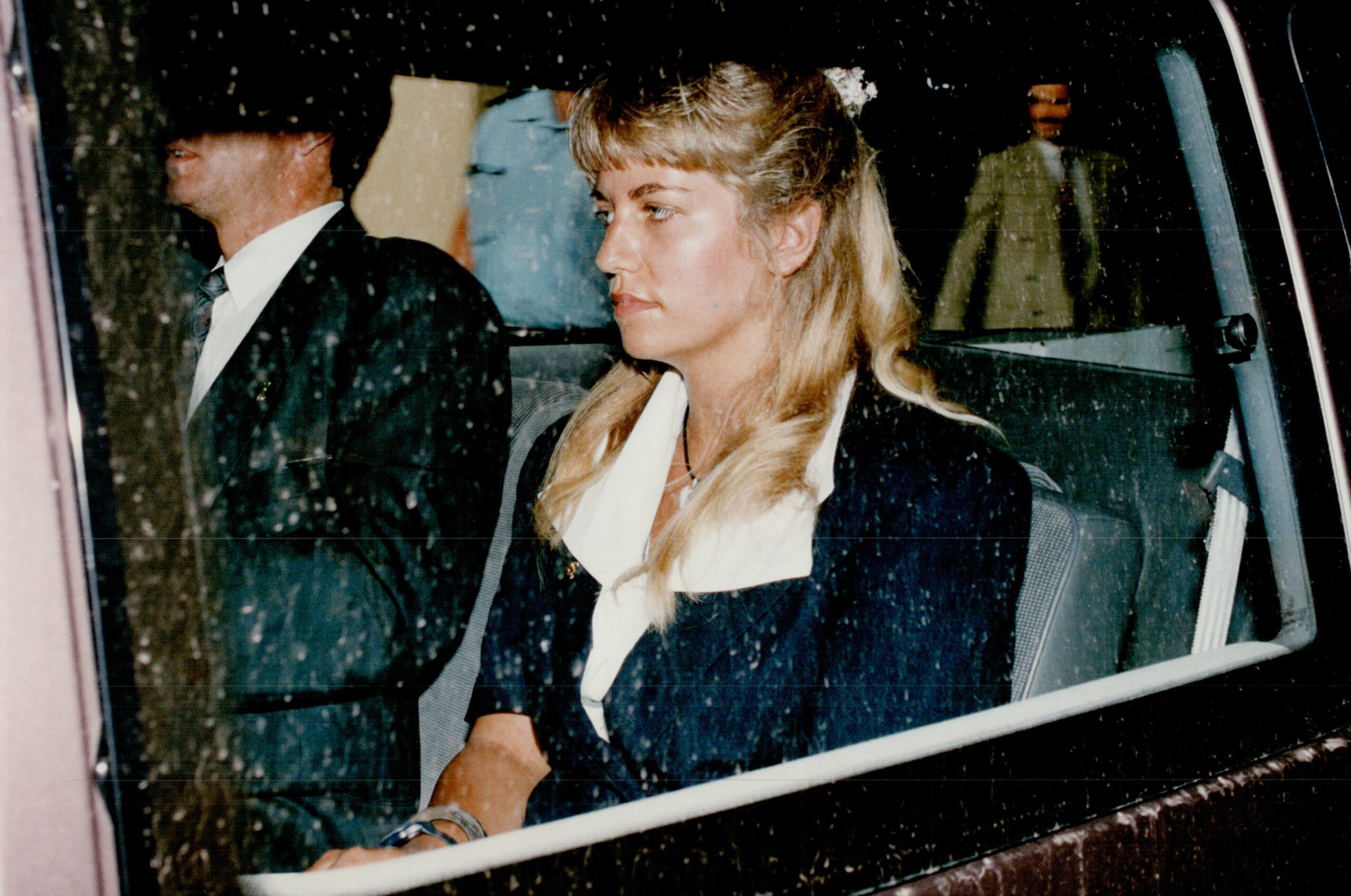
15.
During Karla Homolka’s trial, the judge issued a publication ban, preventing members of the public from attending the proceedings and sharing the details of her trial with the media.
The ban was designed to ensure Homolka’s partner in crime, Paul Bernardo, received a fair trial in the future.
However, the plan did not work out well. Since the ban did not apply to the U.S. or anywhere else outside of Ontario, details of the proceedings, including Homolka’s testimony, were published by the American press, forcing Canadians to bring bootlegged newspaper copies across the border.
Although the trial occurred during the Internet’s infancy, the information was widely distributed through many chatrooms, and the rumors went beyond the confirmed details of the case.
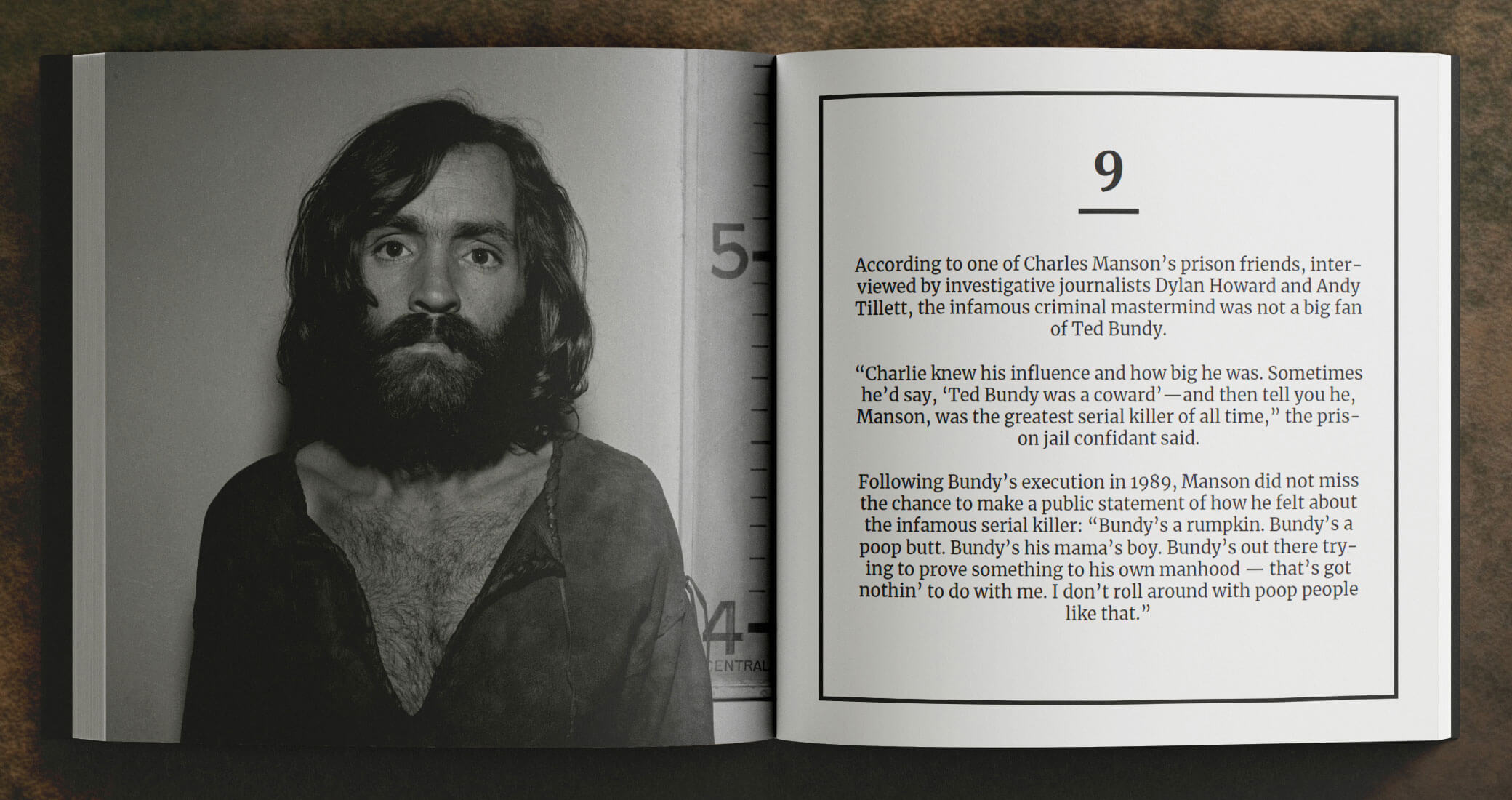
These fifteen hand-picked stories originally appeared in the True Crime Factbook.
From Edmund Kemper ridiculing a fellow serial killer to a groupie plotting Richard Ramirez’s prison escape, True Crime Factbook is the ULTIMATE true crime treat.
-
Product on sale
 True Crime Factbook (Paperback)Original price was: $16.$8Current price is: $8.
True Crime Factbook (Paperback)Original price was: $16.$8Current price is: $8. -
 The eBook Bundle$20
The eBook Bundle$20 -
Product on sale
 Paperback CollectionOriginal price was: $76.$38Current price is: $38.
Paperback CollectionOriginal price was: $76.$38Current price is: $38.









